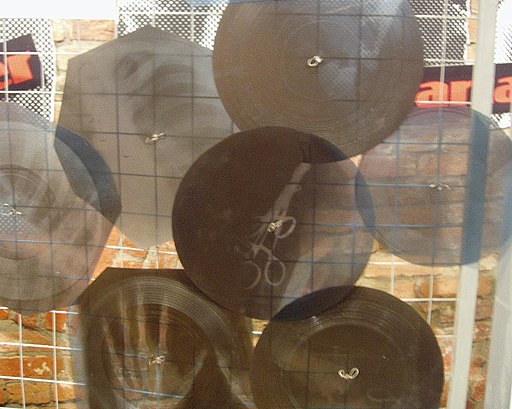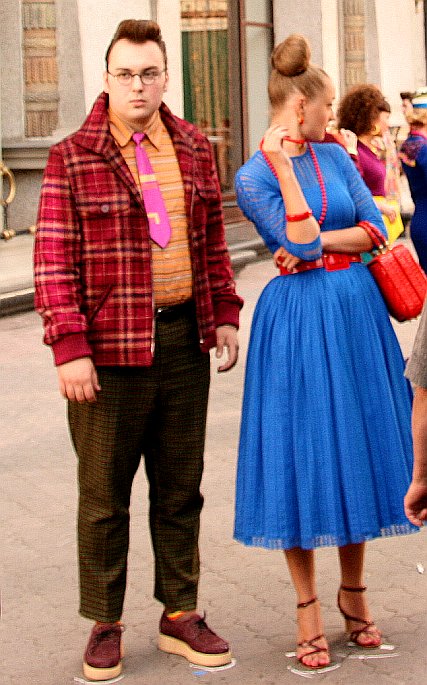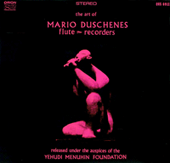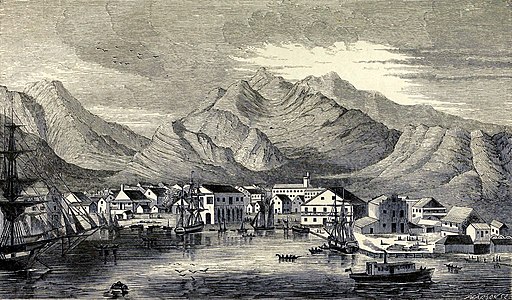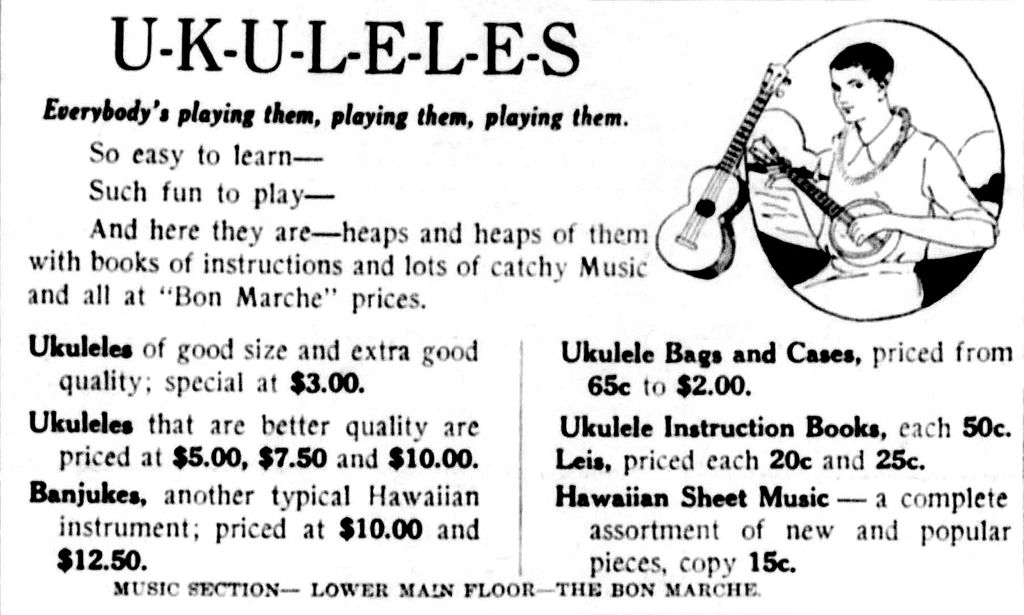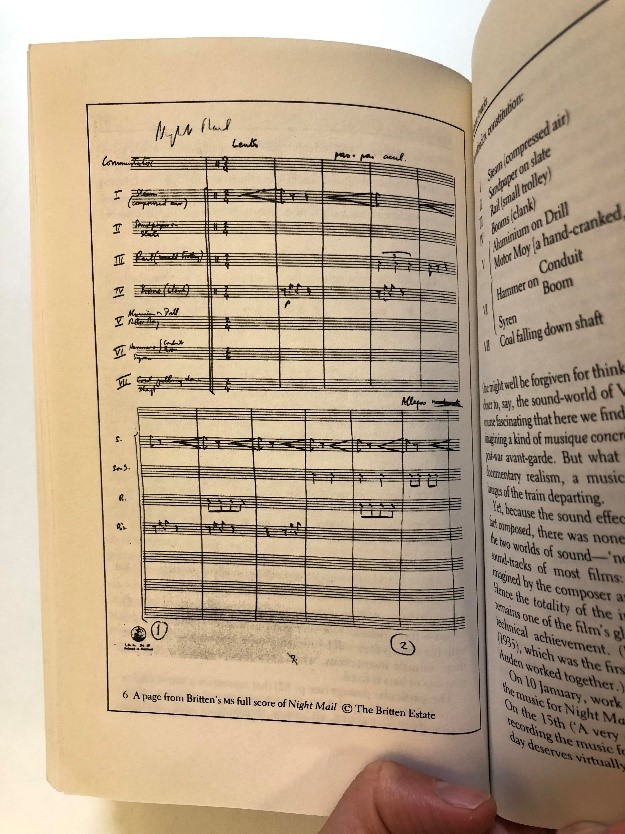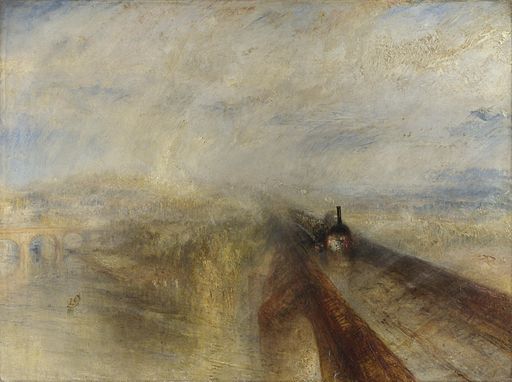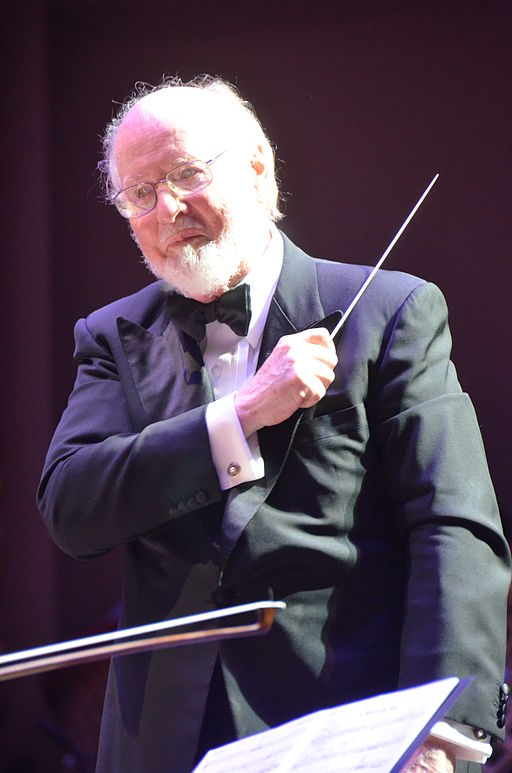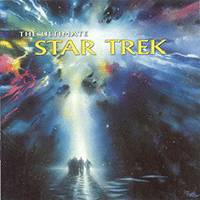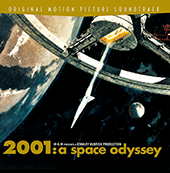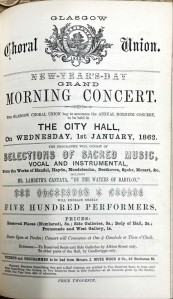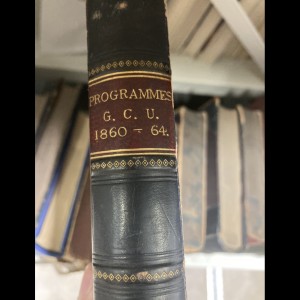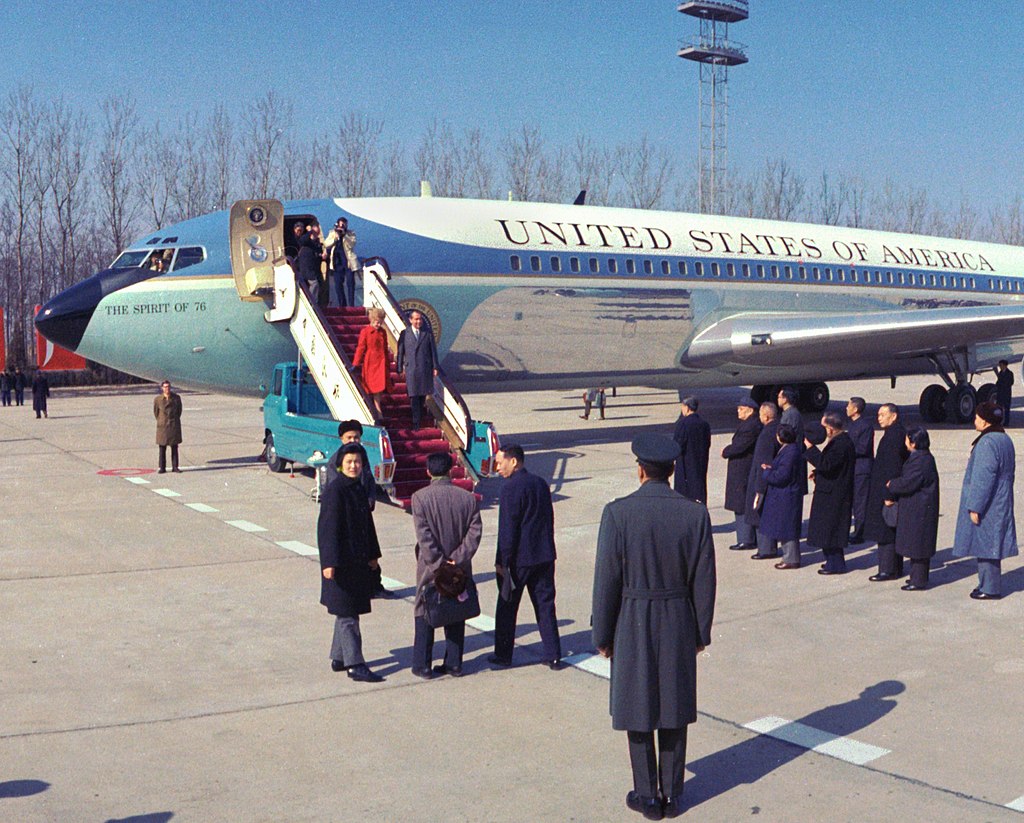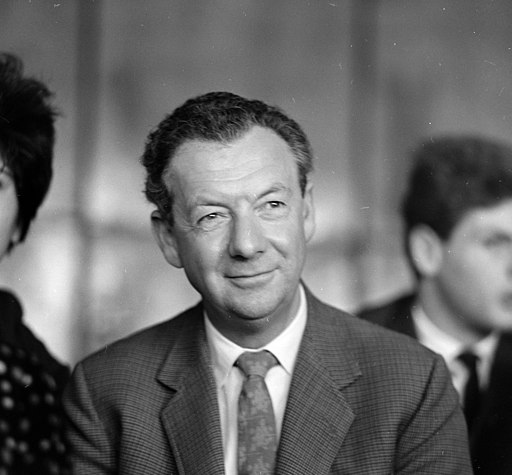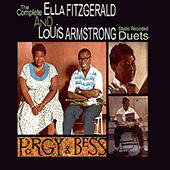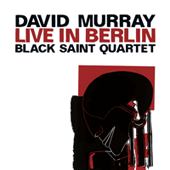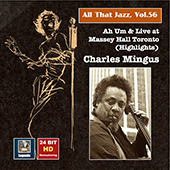Like trains of cars on tracks of plush
I hear the level bee:
A jar across the flowers goes,
Their velvet masonry
Withstands until the sweet assault
Their chivalry consumes,
While he, victorious, tilts away
To vanquish other blooms.
His feet are shod with gauze,
His helmet is of gold;
His breast, a single onyx
With chrysoprase, inlaid.
His labor is a chant,
His idleness a tune;
Oh, for a bee’s experience
Of clovers and of noon!
‘The Bee’ by Emily Dickinson
I love everything about this poem. How does a bee move? Like trains of cars on tracks of plush. So many sounds: trains, cars, tracks – plush. Its movement is so precise. It is a level bee; it is an architect of the air. It is also a knightly bee. And glorious. It is shod with gauze and wears a golden helmet. It has onyx for a breast (a layered and banded form of the black silicate mineral, chalcedony), and the onyx is inlaid with another gemstone, chrysoprase. I’ve just been looking this up, and chrysoprase is also chalcedony, and actually tends to be apple-green – which makes me think of an expanse of plants and early summer flowers reflected onto the belly of this buzzing bee.
And his voice – the music? The bee both chants and gives a tune, it labours and is idle: the dichotomy of metaphors we’ve always laid on top of the bee as a creature. What is your experience, glorious bee, of clovers and of noon? How can you be both busy and idle – and magnificent – all at the same time? I’d like to know that very much.
The Flight of the Bumblebee by Nicolai Rimsky-Korsakov is a busy piece of music and a very famous one. My colleague, Natasha, mentioned it right at the beginning of this alphabet in a post on animals. Written as an orchestral interlude for an opera, The Tale of Tsar Saltan, an enchanted swan changes the Tsar’s son into a bee so he can fly away and visit his father who does not know that he is alive. There is a frenetic energy to this piece; it teeters on the very edge of being in control. That’s part of its charm – the control is just about to go, any second now – and then it doesn’t. Phew. I’ve written about my toddler too much in these blogs but it makes me think of breakfasts with him, and trying to get ready for the day. Not surprisingly, we definitely lose the control. Porridge, yoghurt, [ba]NANNAH!: breakfast is a messy business.
Toddlers seem busy to me. We describe our son as busy as he goes about the flat doing his busy toddler thing; he goes to a Busy Bees Nursery (Busy Bees is the umbrella name for the nursery company). Somehow, ‘busy’ is a perfect adjective. Because it makes us laugh when applied to him, and because it describes so exactly his intense concentration as he does whatever he’s up to. Whatever he’s up to, is, for him, both work and play; a mysterious wonderful melding of the two – and almost certainly destructive.
And then there’s that moment when busy-ness, and tiredness, turn to silliness. When all kinds of nonsense comes out. Nonsense that, in the right hands, is of course quite clever. I’m thinking of Monty Python’s, Eric the Half-a-Bee:
Half a bee, philosophically,
Must, ipso facto, half not be.
But half the bee has got to be
Vis a vis, its entity. D’you see?
Bee, what a fun word. I also think of Edward Lear. Central Library has a really wonderful biography by Jenny Uglow on Edward Lear – and up in the Art & Design Library we have lots of his now quite forgotten topographical work, and a big Taschen volume of plates containing his parrots (142 big beautiful reproductions of his hand-coloured lithographs). Bees, of course, feature in his nonsense and drawings. Here are a couple:

Edward Lear, Public domain, via Wikimedia Commons

Edward Lear
Dmitrismirnov, CC BY-SA 3.0 via Wikimedia Commons
The buzz of a bee can be confusing. Is it a bee (be kind; they die when they sting you) – or a wasp (wasps don’t die when they sting you, but be kind anyway). Not the message in John Vernon Lord’s Giant Jam Sandwich, that’s for sure. And our relationship as humans to the buzz of an insect is complicated. On wasps, my colleague Douglas, recommended a favourite: Ralph Vaughan Williams’ composition for a production of Aristophanes’ The Wasps. He wrote it in 1909, for Trinity College, Cambridge. I love the name of the piece, “March Past of the Kitchen Utensils”, and listening to it, it is clean, grey, and efficient. Bang, clash, go the kitchen utensils, march on, march on, march on.
Chopin wrote an étude which is sometimes known as “The Bees” – Opus 25, no. 2 in F minor. It’s written in polyrhythms: the right hand plays quaver triplets, so the natural accent is on the 3rd and 6th notes; and the left hand plays crotchet triplets. Matching them together, that’s the difficult part. But it’s soft and skidding and beautiful.
Another beautiful one, by the English madrigalist, John Wilbye – “Sweet Honey-Sucking Bees”. It’s sung a capella, and as it’s polyphonic, each voice takes it in turns to lead the line. It makes me think about flight.
There are many many songs and pieces of music about bees, of course. And insects. One last one – Muddy Waters wrote a lot about bees, and I love “Honey Bee” – “Sail on/ Sail on my little honey bee sail on… She been all around the world making honey/ but now she is coming back home to me.”
Last autumn, we made a long visit to my parents’ house. It was nice, nice on all fronts, and it was the first visit in a long time because of Covid. They live not far from the New Forest, and one day we took a trip to Lepe beach. The season was turning and the weather was changeable. The sea and tide were high, and the sky a steely blue-grey. It reminded me of the beach in David Copperfield where Pegotty’s family boathouse stood. We walked – not very far, because my dad was very sick – and we collected flint pebbles; filled our pockets with them. I still have the flint pebbles, they sit in a line in our bedroom by the window. But another memory I have, sharp as glass when time is precious, is of a cliff-face of bees. It seemed so unusual for the air to be filled with bees, so late in the year and right beside the sea. The day was wild, and the rain was about to blow in. There were hundreds of them.
Driving home I looked them up – they were Ivy mining bees. They fly late in the autumn because they feed almost exclusively on the nectar and pollen of ivy flowers. It’s nice to remember them buzzing about in the landscape of that day. An intangible aural/visual memory.
Bees and insects are, we know only to well, utterly central to our lives. We also know the bees’ plight, and we worry. To think seriously about bees feels like standing on eggshells; there is something always shifting under our feet. And I suppose, unfortunately, we must learn to balance and walk on this shifting surface. A tricky thing to do.
A few other bee-related thoughts, because really, I don’t want this alphabet to end.
A colleague reminded me of the bee-loud glade in W. B. Yeats’ The Lake Isle of Innisfree, and my partner, of the illustrator, Chris Ware’s Branford: the best bee in the world in his (very big) compendium Building Stories. Also, of the Breughel picture of beekeepers with their basket masks and woven hives.
I’ve known for a while that commercial beekeeping isn’t always a pretty business, but this is a brilliant podcast from 99% Invisible.
And this looked like it was a great Words and Music programme on Radio 3. It’s not available anymore unfortunately but you can see the programme.
I could write a whole post on bees and bestiaries. There’s a British library blog on their medieval manuscripts collection called Birds and Bees, which is image after image of the most exquisite pictures.
And on the garden and little garden creatures, we have a gem of a book in the Art & Design Library by Kitagawa Utamaro called Songs of the Garden. He did a book on insects too, and it’s possible to browse a little of it on the Metropolitan Museum of Art website.
Finally, please do continue to explore our streaming services: Naxos and Naxos Jazz, and Medici TV!
And here ends our musical alphabet. We’ve loved doing it and hope you’ve enjoyed it too.







